Cooling off: TWIG brings Japanese-style cold brewing to London
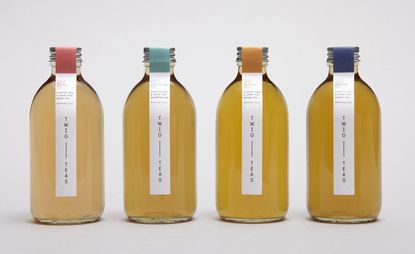
When self-proclaimed tea fanatic and yoga teacher Iona Carter travelled to Kanazawa, Japan last year, something about their brews seemed extra cool. A local specialty, the process of cold brewing tea inspired Carter to launch her own London-based company, TWIG Teas.
Steeping tea leaves over a long period of time in cold water serves several benefits, from producing fewer bitter catechins than hot brewing tea does to its sweet taste and smooth texture. The cold water draws out different flavours from the leaf and by extracting less caffeine, the tea is also more naturally healthy.
Self-proclaimed ‘tea purists’, the TWIG team hopes to give real tea the ‘chance to sing for itself’. Skipping on herbal and fruit infusions, teabags and sugar means TWIG tea thrives on simple, natural goodness.
The collection includes four different teas. Bōcha is a Japanese roasted green tea made from the twigs and stalks of the Camellia sinensis. Darjeeling – the 'champion of teas' – originates from India and is grown on the ethical, organic Arya estate, established by 18th century Buddhist monks. From China comes keemun tea, commonly known as 'king of black teas’; TWIG’s Mao Feng keemun is grown exclusively in Qimen, Anhui province, situated between the Yellow Mountains and the Yangtze River. Finally, oolong is a partially oxidised tea, balanced between the black and green varieties. TWIG uses Formosa oolong, from the Northern Hsinchu area of Taiwan, which grows at an altitude of 800m.
London’s Studio Thomas designed the tea’s packaging, creating a visual identity as pure as the product. It’s vertical orientation and simplistic label is a nod to the tea’s Japanese beginnings. Ten per cent of TWIG profits also go to charity.
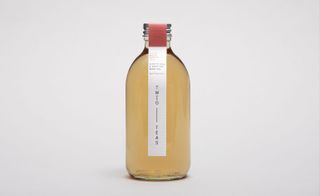
The cold water draws out different flavours from the leaf, producing a sweet taste and smooth texture
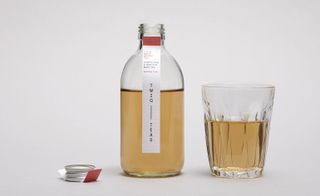
The teas have no herbal or fruit infusers, bags or sugar and TWIG only uses leaves from the Camellia sinensis tea plant
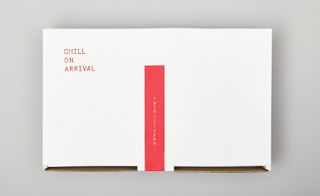
London’s Studio Thomas designed the tea’s subtle packaging – its vertical orientation and simplistic label are nods to the tea’s Japanese beginnings
INFORMATION
For more information, visit TWIG Tea’s website
Wallpaper* Newsletter
Receive our daily digest of inspiration, escapism and design stories from around the world direct to your inbox.
-
 Audi launches AUDI, a China-only sub-brand, with a handsome new EV concept
Audi launches AUDI, a China-only sub-brand, with a handsome new EV conceptThe AUDI E previews a new range of China-specific electric vehicles from the German carmaker’s new local sub-brand
By Jonathan Bell Published
-
 Inside Izza Marrakech: A new riad where art and bohemian luxury meet
Inside Izza Marrakech: A new riad where art and bohemian luxury meetHonouring the late Bill Willis’ hedonistic style, Izza Marrakech fuses traditional Moroccan craftsmanship with the best of contemporary art
By Ty Gaskins Published
-
 Clocking on: the bedside analogue timepieces that won’t alarm your aesthetic
Clocking on: the bedside analogue timepieces that won’t alarm your aestheticWe track down the only tick-tocks that matter, nine traditional alarm clocks that tell the time with minimum fuss and maximum visual impact
By Jonathan Bell Published
-
 Elle Fanning and Sofia Coppola unite on a Japanese craft gin inspired by the seasons
Elle Fanning and Sofia Coppola unite on a Japanese craft gin inspired by the seasonsElle Fanning and Sofia Coppola collaborate on a campaign for The House of Suntory’s Roku Gin – a seasonal blend inspired by Japan’s floral botanicals
By Tianna Williams Published
-
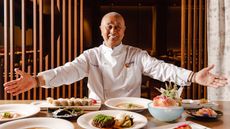 30 years of Nobu: chef Nobu Matsuhisa on the trials and tribulations of a culinary empire
30 years of Nobu: chef Nobu Matsuhisa on the trials and tribulations of a culinary empireNobu celebrates 30 years of its revolutionary Japanese and Peruvian cuisine. We speak with co-founder and chef Nobuyuki ‘Nobu’ Matsuhisa on setbacks, special guests and his love for painting
By Tianna Williams Published
-
 Kioku is a spectacular new Japanese restaurant at The OWO, London
Kioku is a spectacular new Japanese restaurant at The OWO, LondonAt The OWO’s Kioku by Endo, James Bond vibes meet Japanese dining and spectacular London views
By Melina Keays Published
-
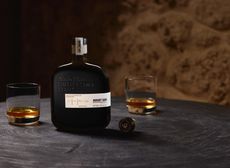 Spectacular spirits for the season of entertaining
Spectacular spirits for the season of entertainingOur spirits writer Neil Ridley looks back at some of the year’s most spectacular spirits releases – spanning whisky, cognac, rum and tequila – as thoughts turn to gifting and celebrating
By Neil Ridley Published
-
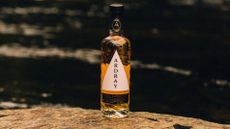 Ardray whisky reinterprets Scottish traditions with a Japanese approach
Ardray whisky reinterprets Scottish traditions with a Japanese approachArdray whisky is the result of an exciting and groundbreaking collaboration between Scottish and Japanese whisky makers that presents new perspectives on a long-lasting tradition
By Melina Keays Published
-
 Humo, a new Mayfair restaurant, revolutionises wood-fired cooking
Humo, a new Mayfair restaurant, revolutionises wood-fired cookingMayfair restaurant Humo experiments with different types of wood to create unique and delicious flavours
By Melina Keays Published
-
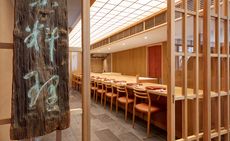 Roketsu offers spectacular Japanese kaiseki cuisine in London
Roketsu offers spectacular Japanese kaiseki cuisine in LondonThe new Japanese restaurant in London serves exceptional kaiseki cuisine in an intimate setting for a little slice of Kyoto in the heart of the UK capital
By Melina Keays Last updated
-
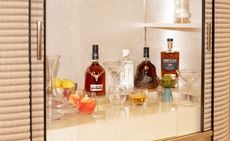 Straight up! The best whiskies bar none
Straight up! The best whiskies bar noneOur whisky edit features some of the world’s rarest and finest examples
By Mary Cleary Last updated